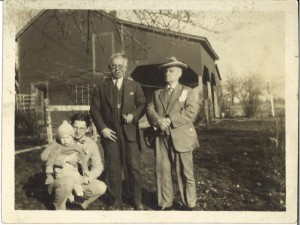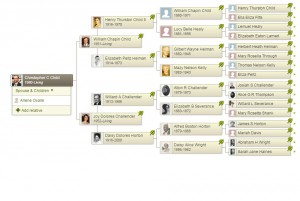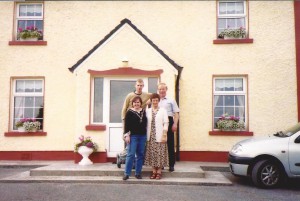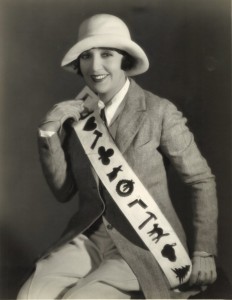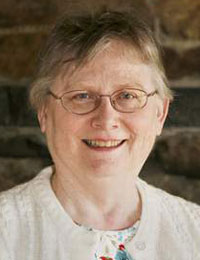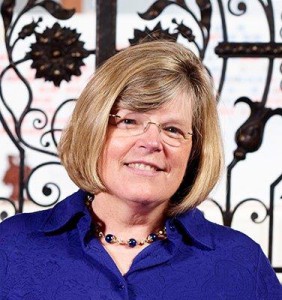 [Editor’s Note: Penny Stratton is one of the most prolific and popular bloggers at Vita Brevis. The following are some excerpts from her posts between January 2014 and February 2015.]
[Editor’s Note: Penny Stratton is one of the most prolific and popular bloggers at Vita Brevis. The following are some excerpts from her posts between January 2014 and February 2015.]
From Capturing the Recent Past: As I revise the new NEHGS Guide to Genealogical Writing (2014), I’ve been thinking ahead to a future project of my own: writing my family’s history. Having edited and produced a number of compiled genealogies at NEHGS, I have the genealogical format down cold. That’s the easy part. But what will I include for narrative information, to help bring the stories to life? Continue reading The Stratton Files

